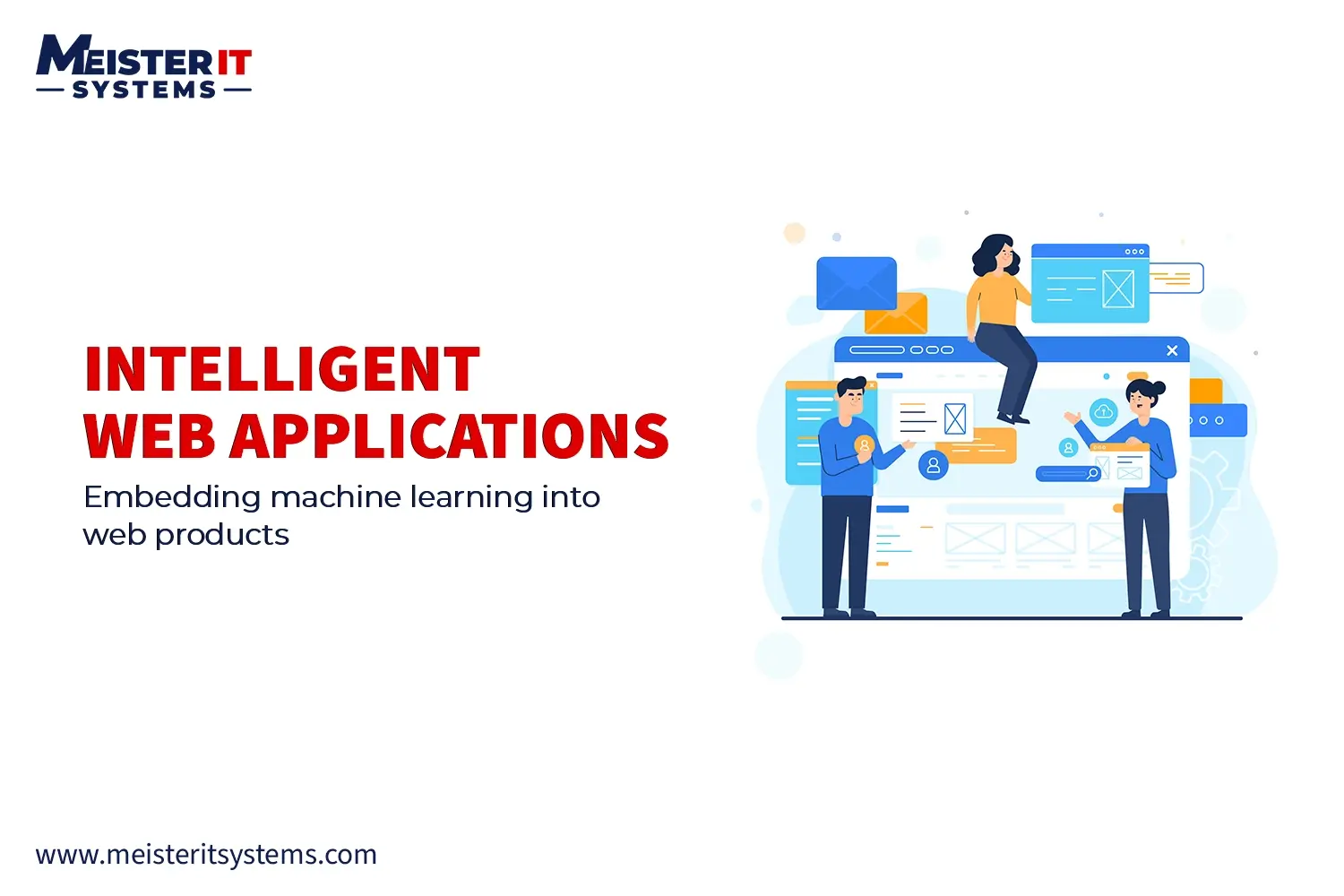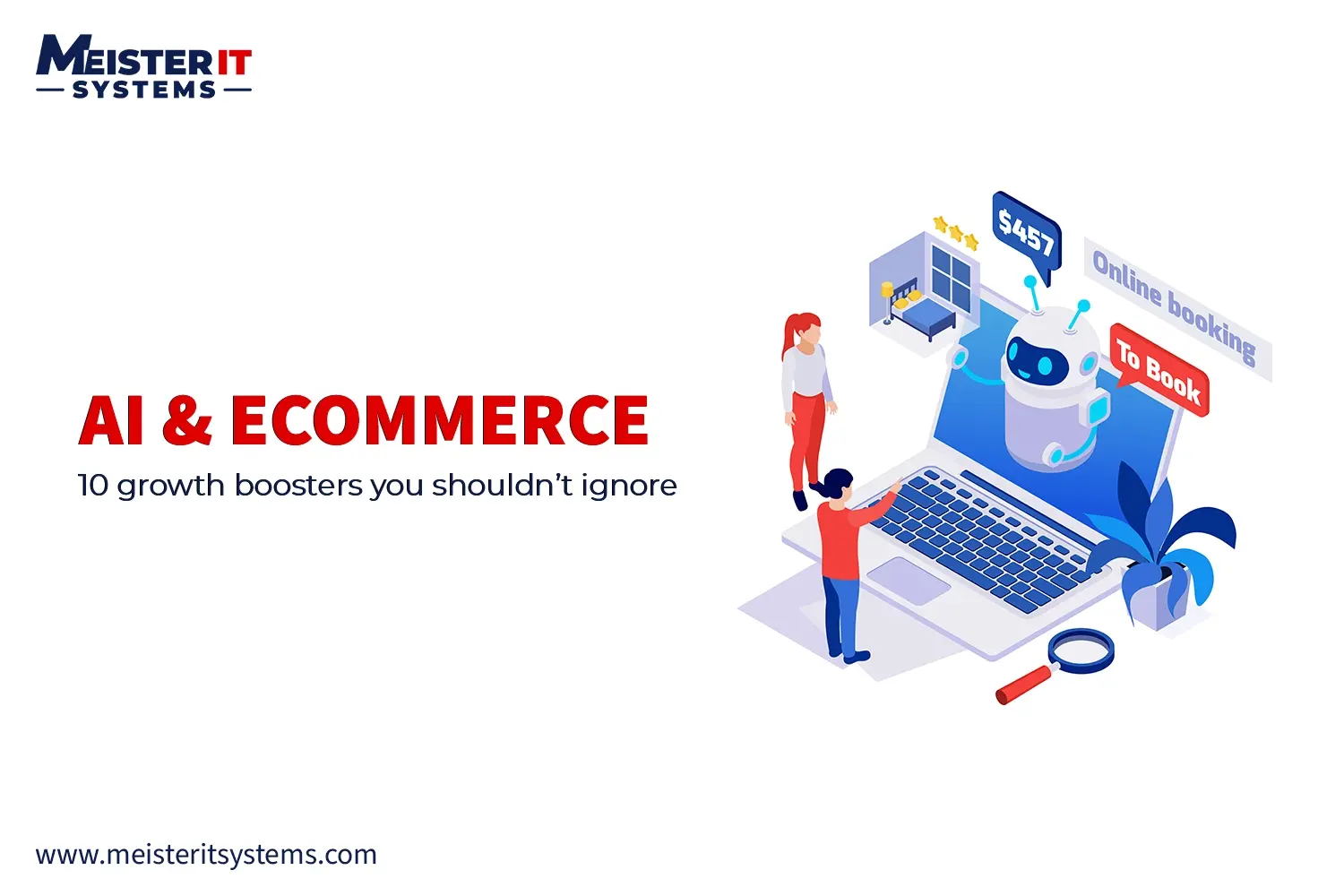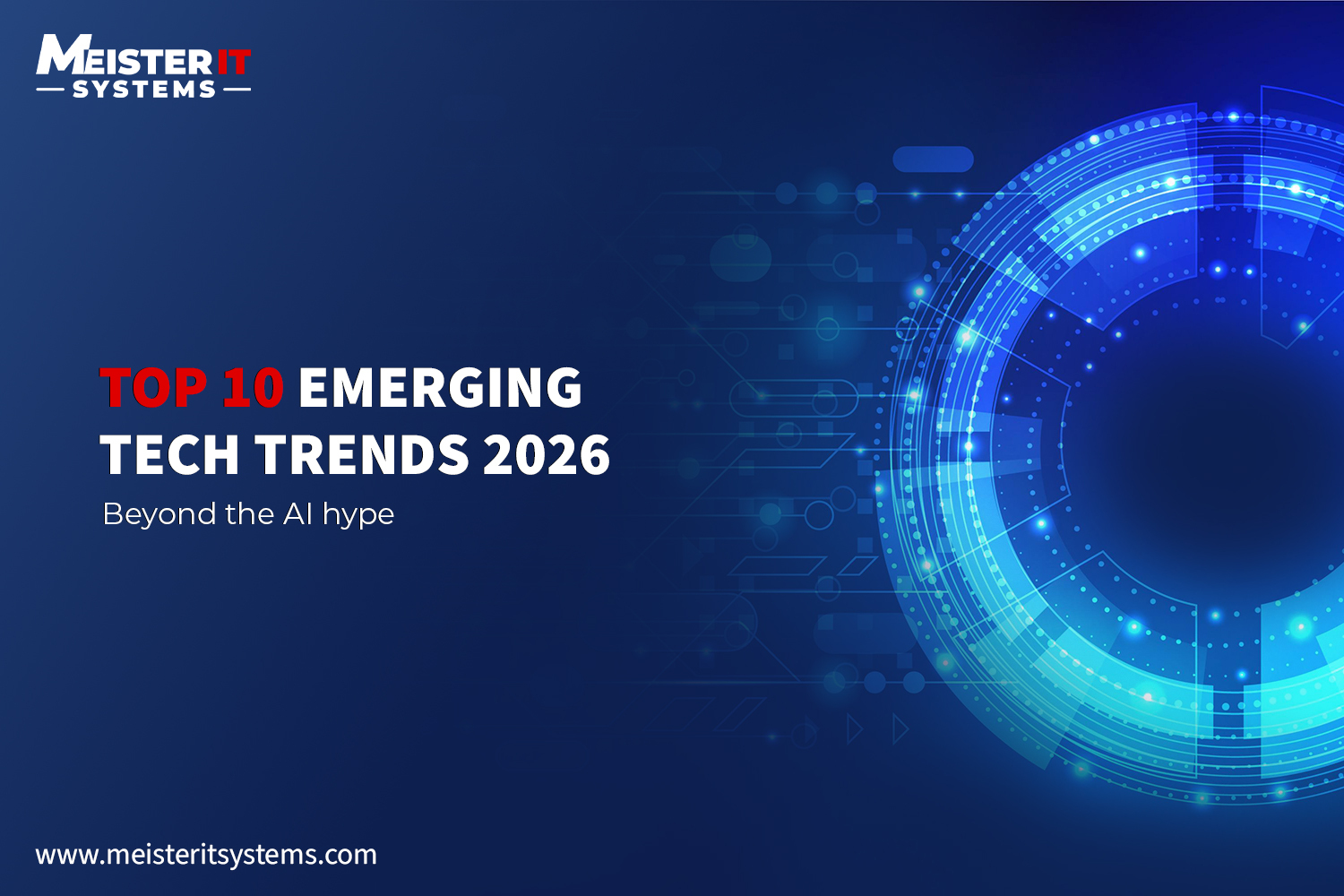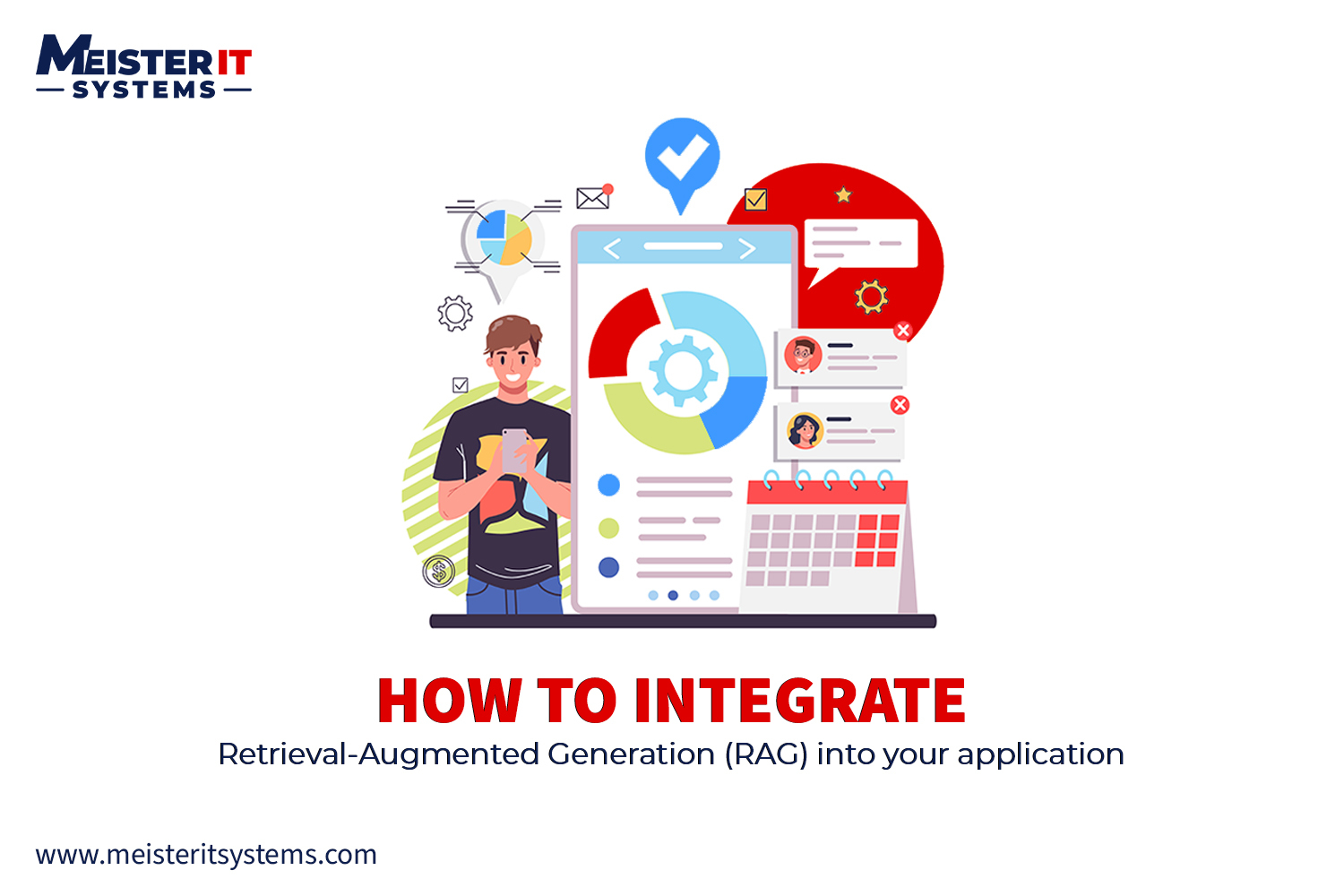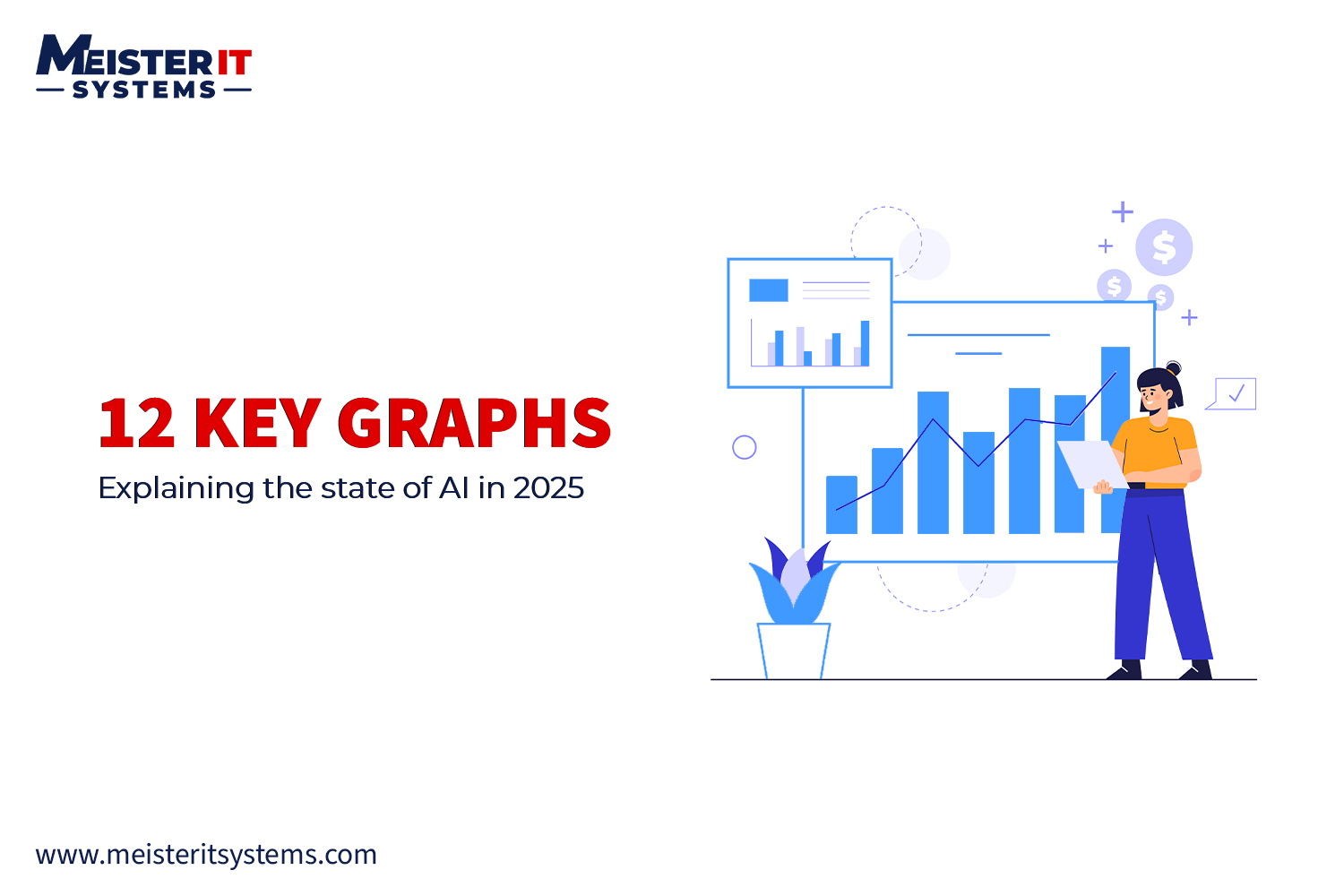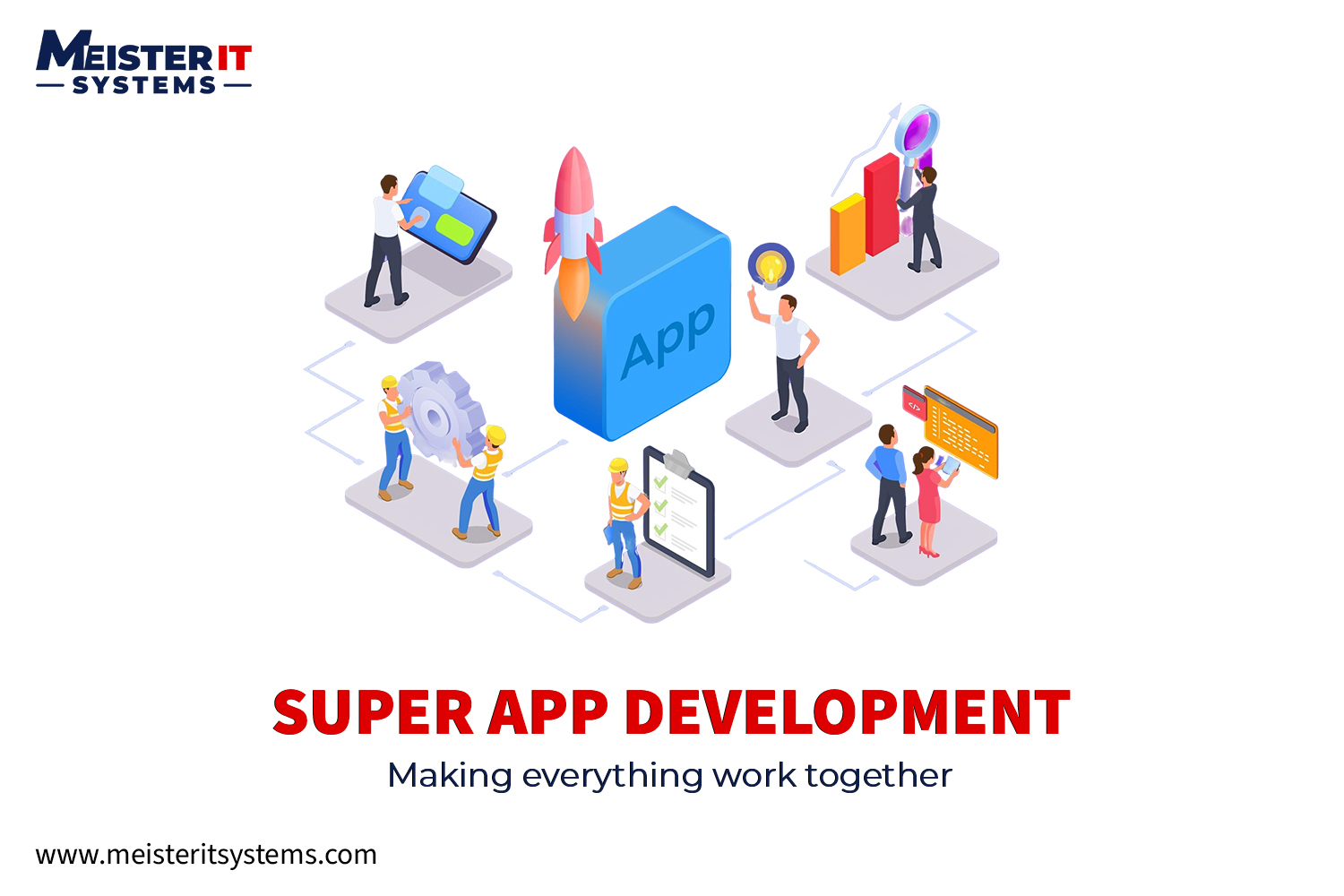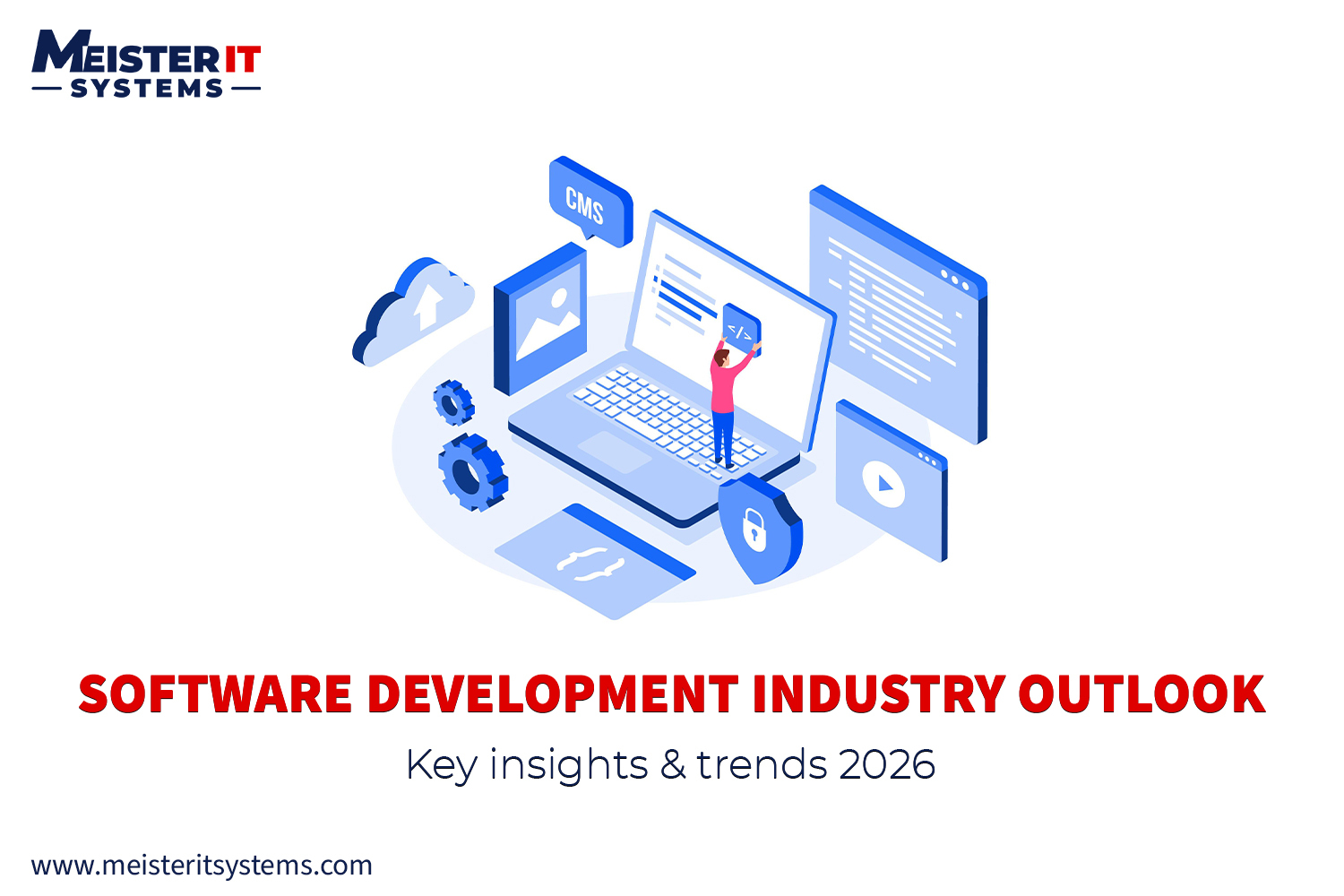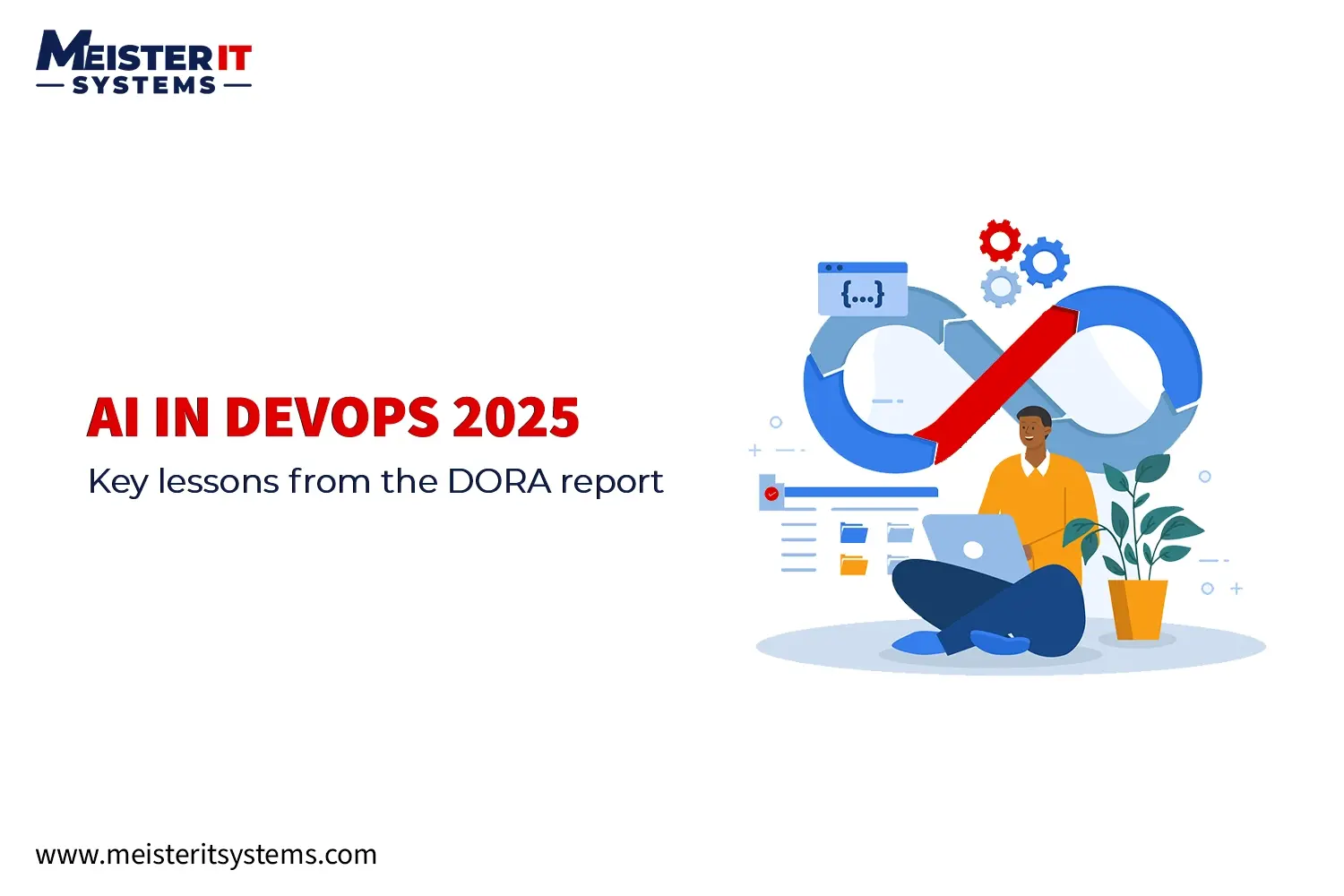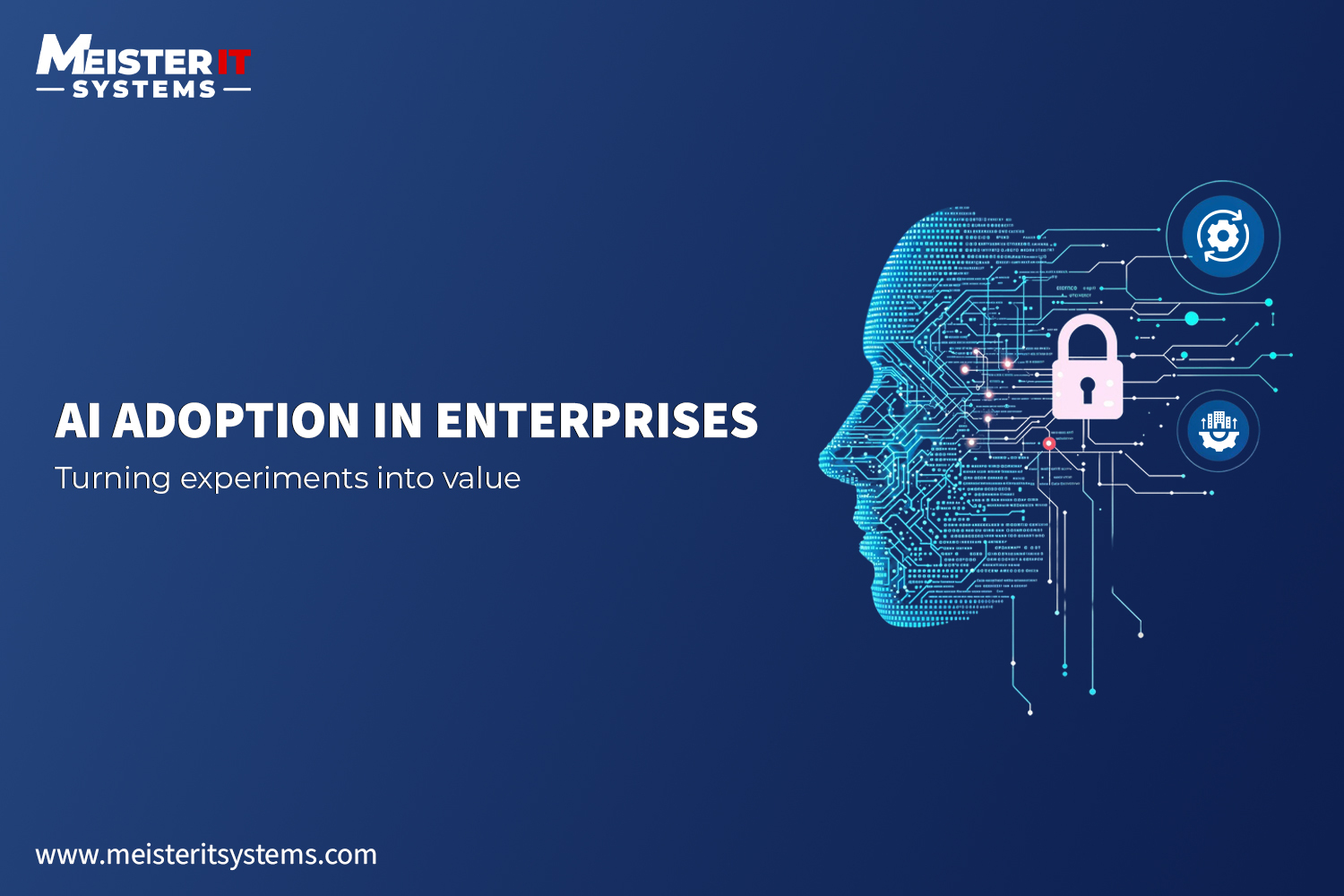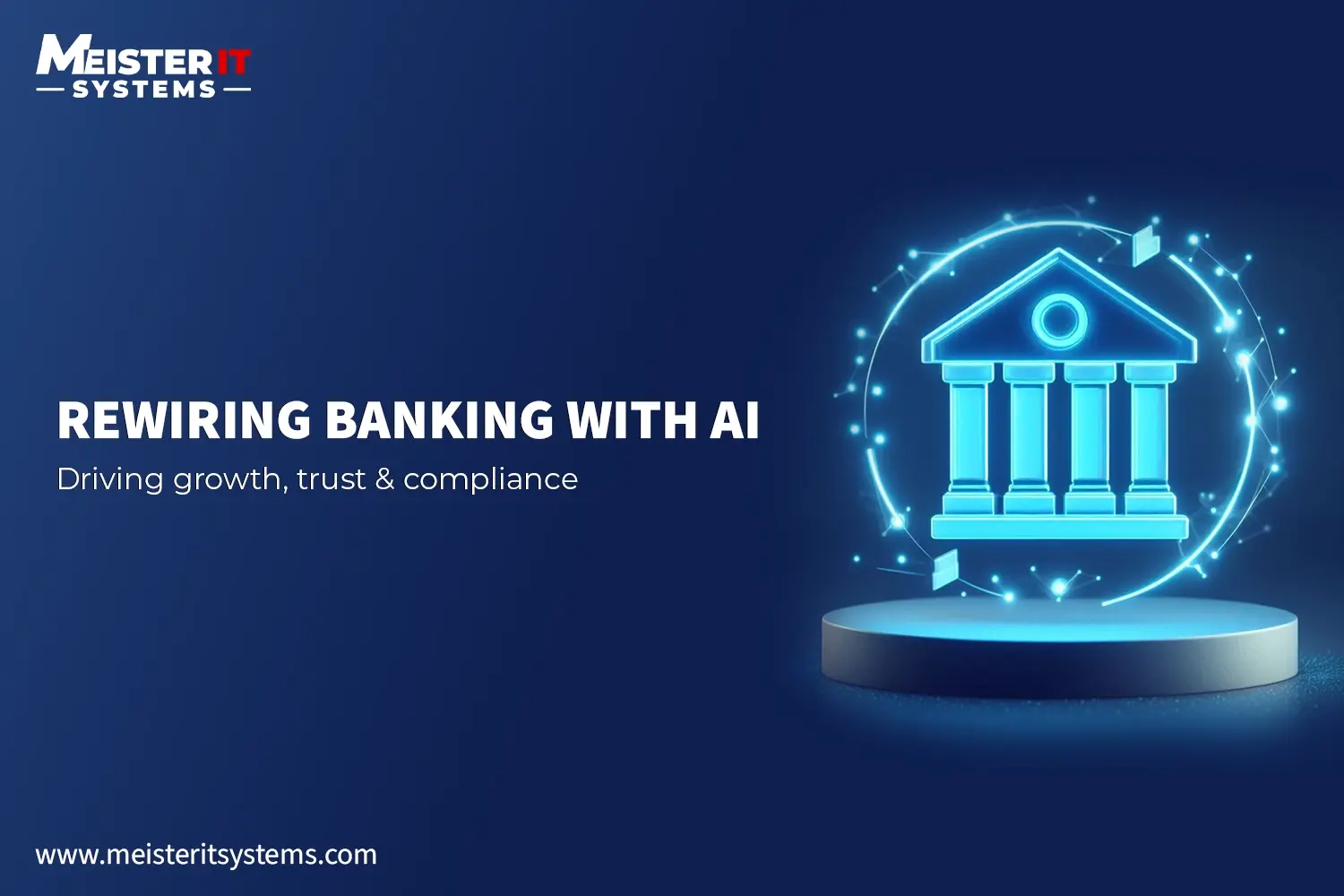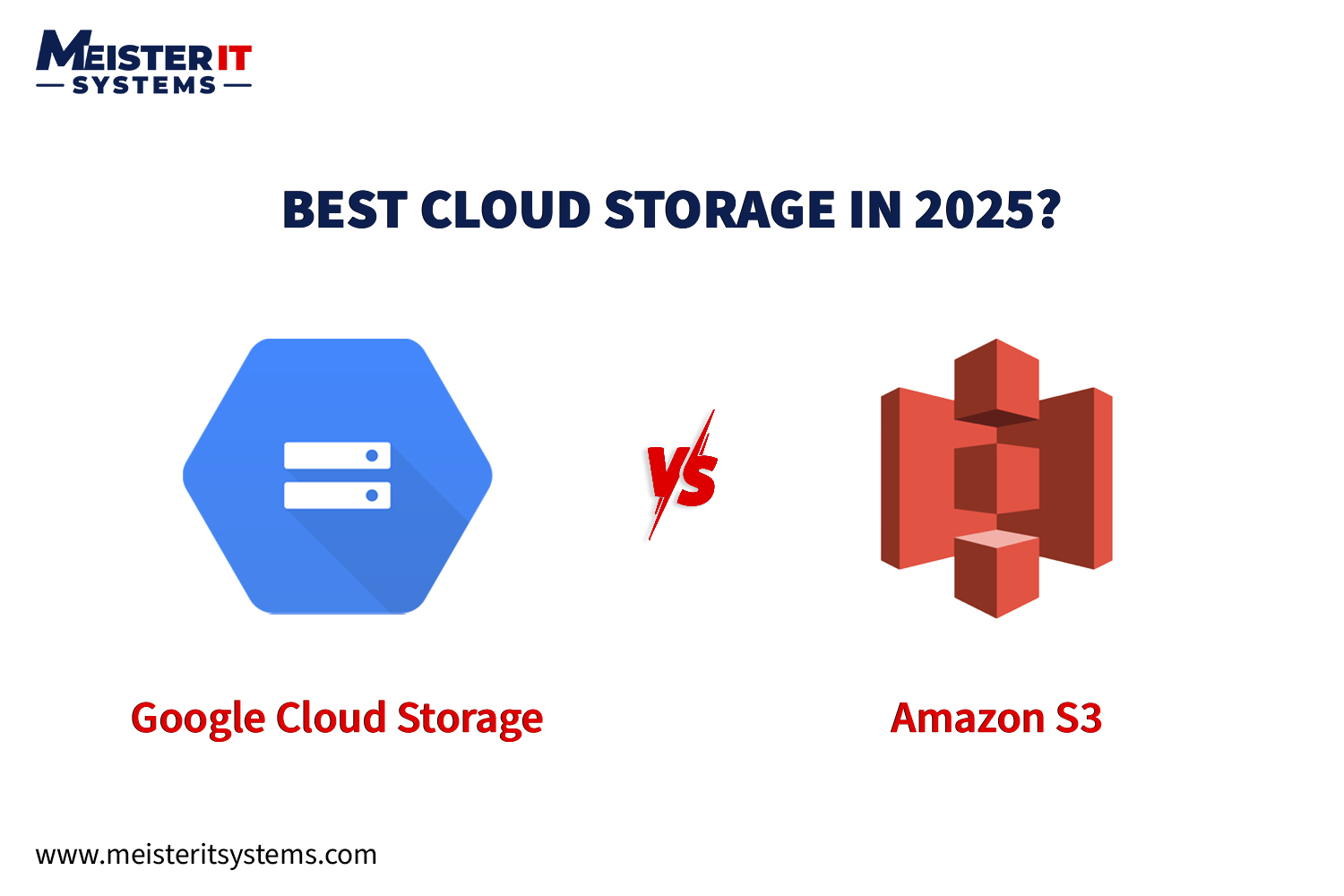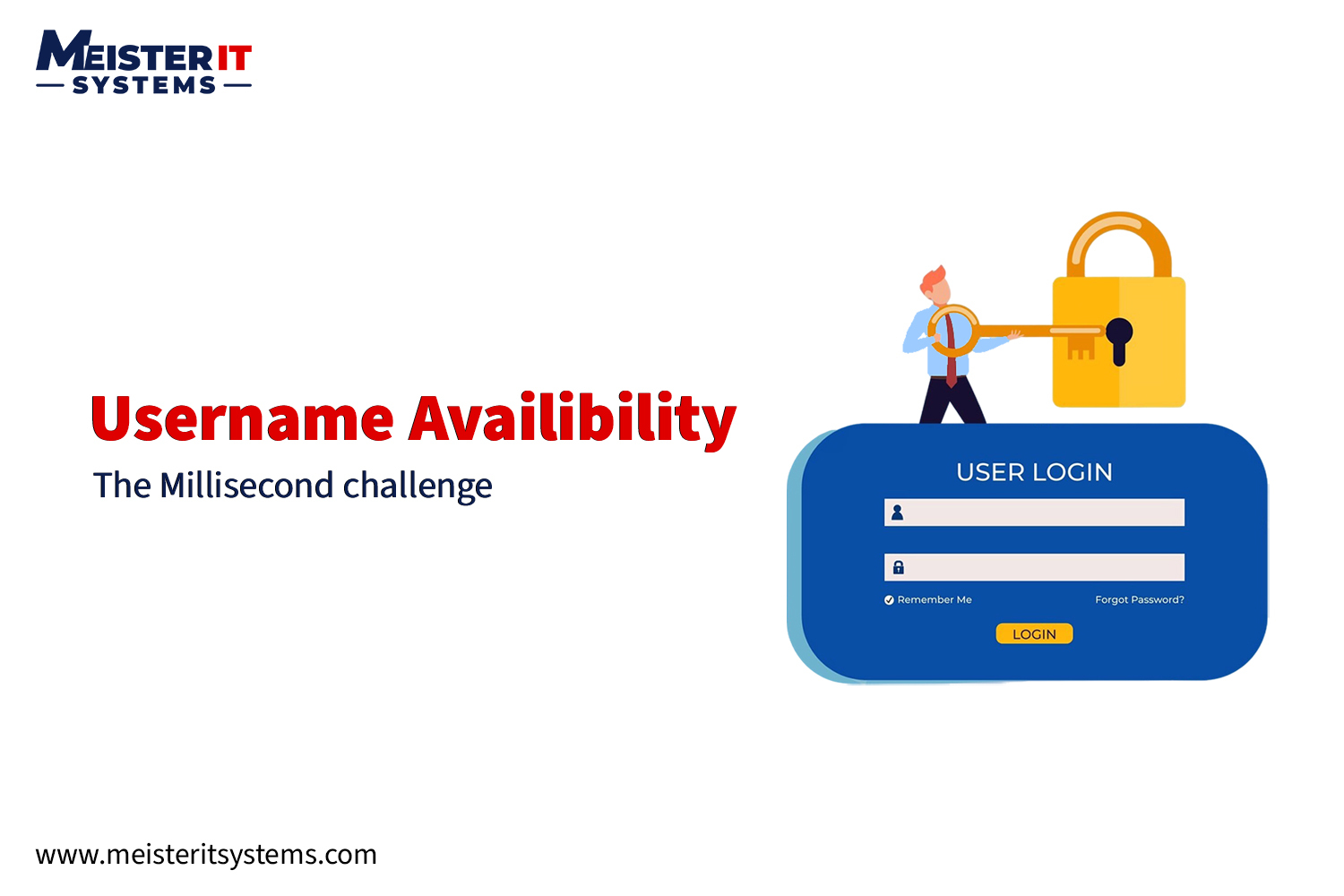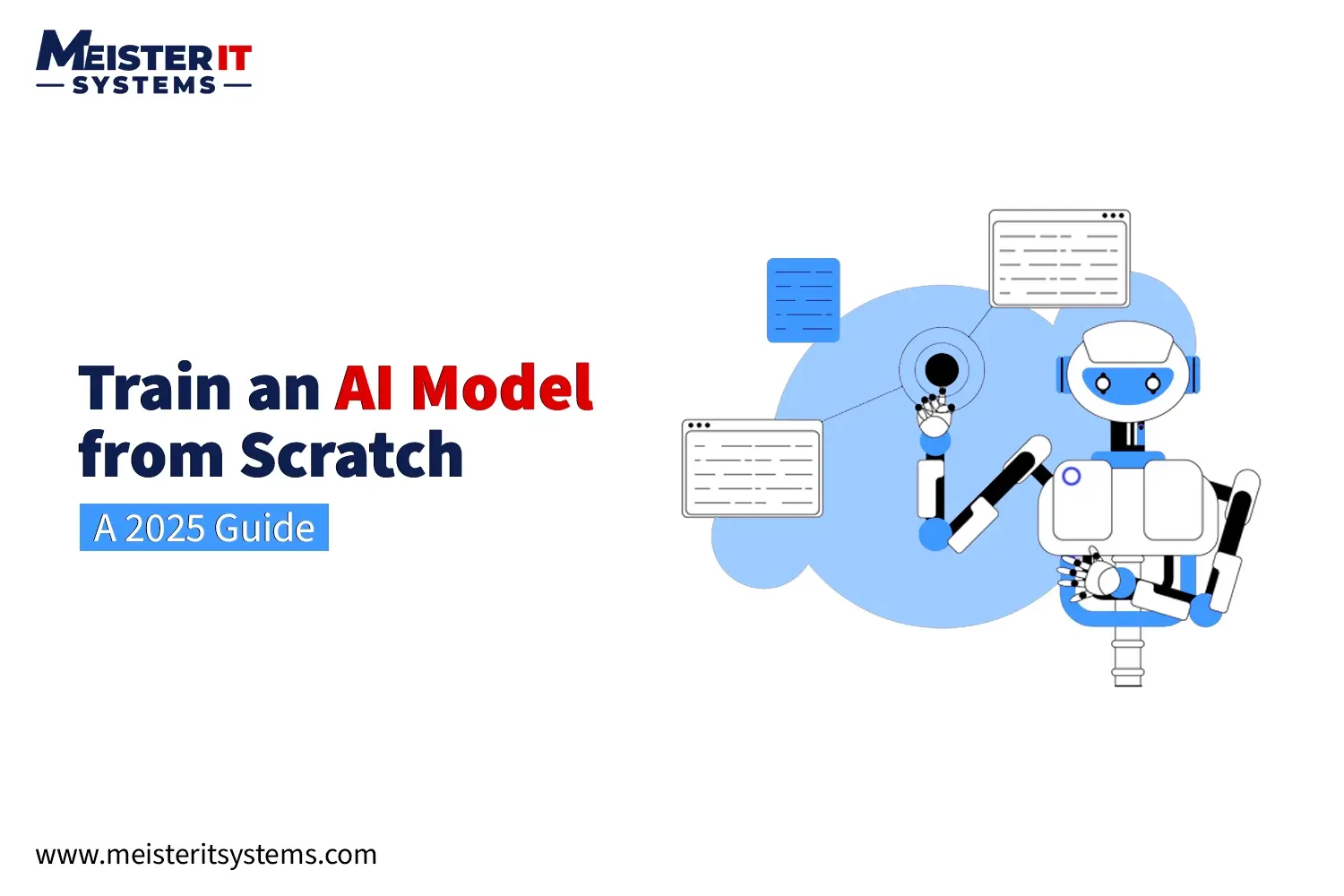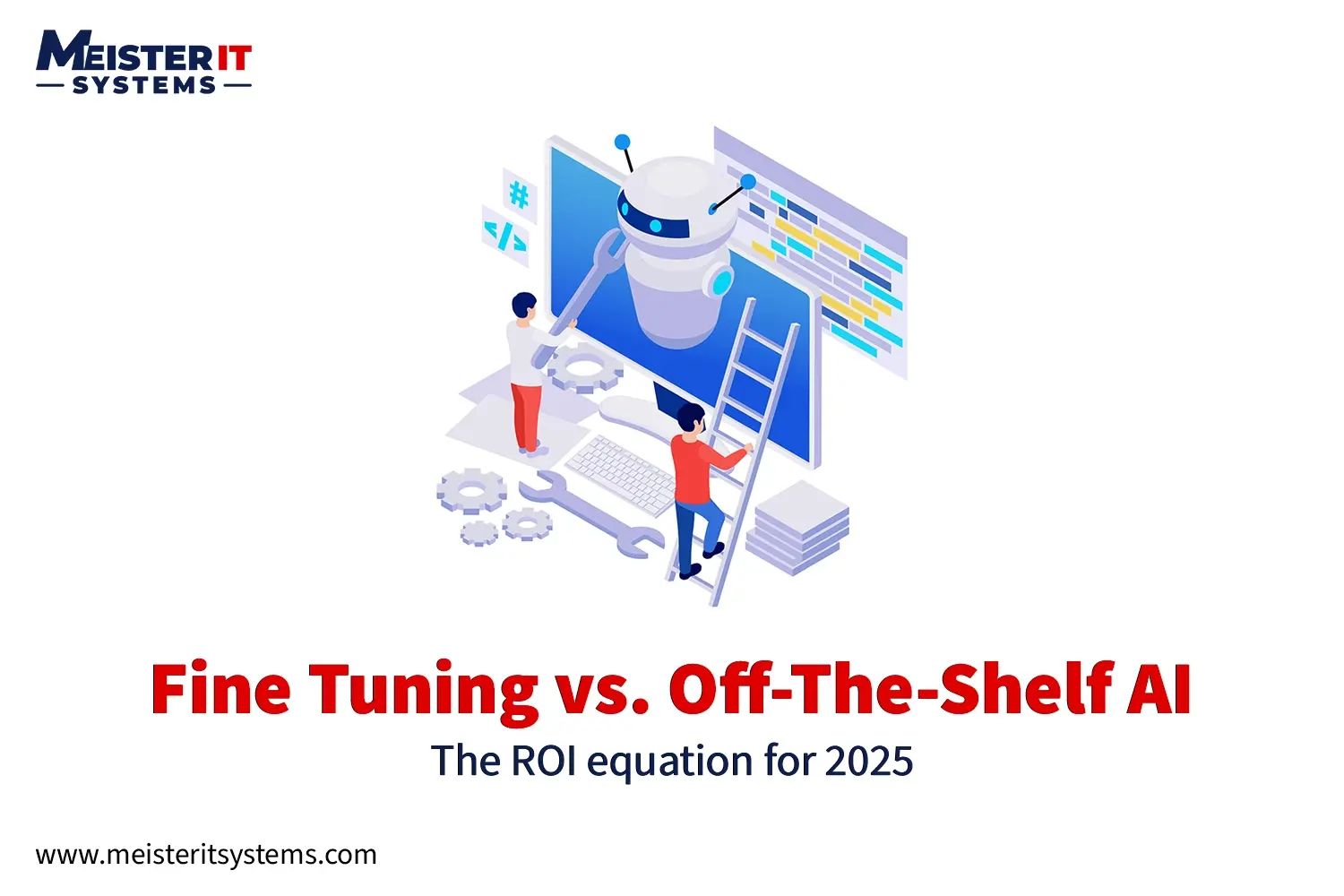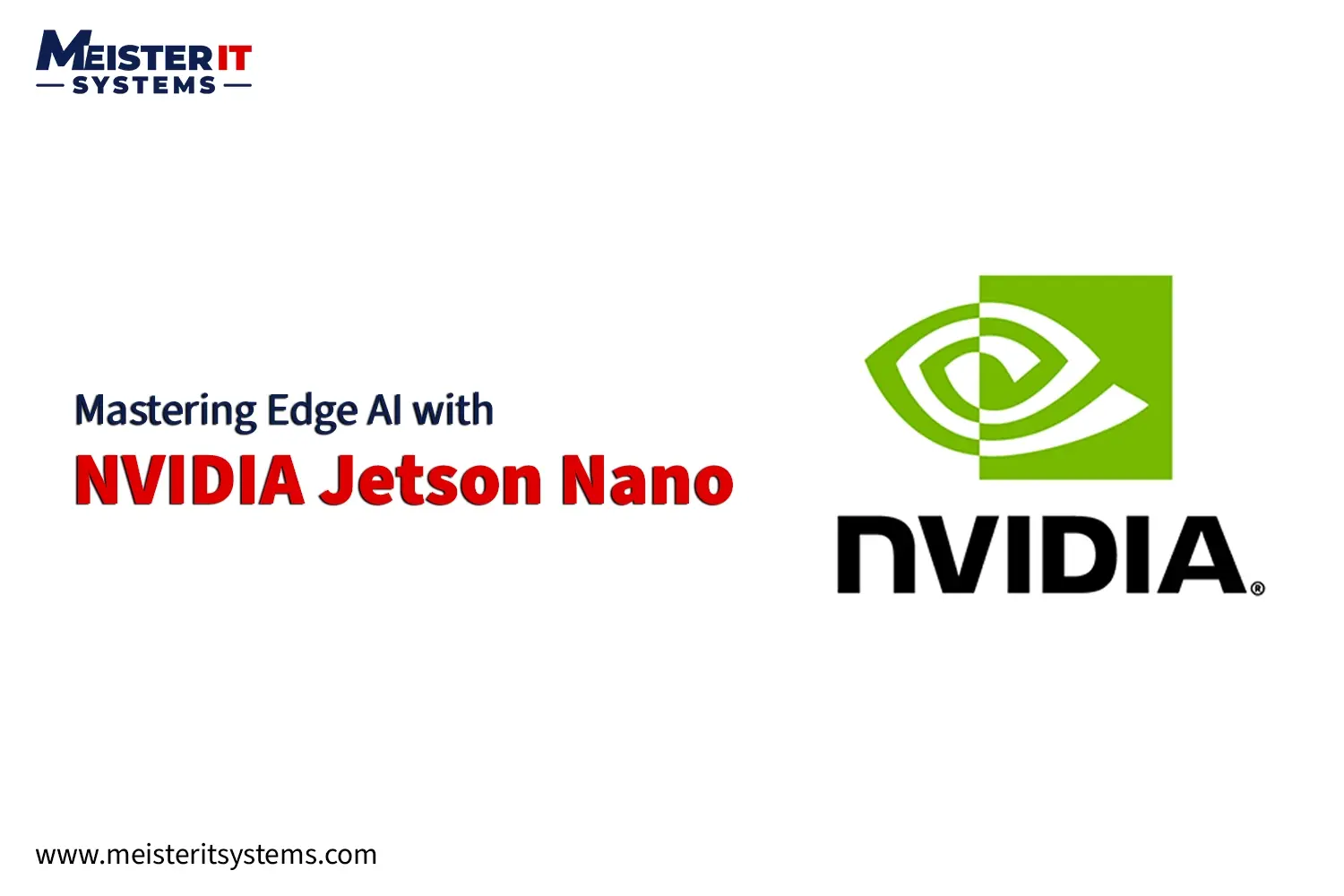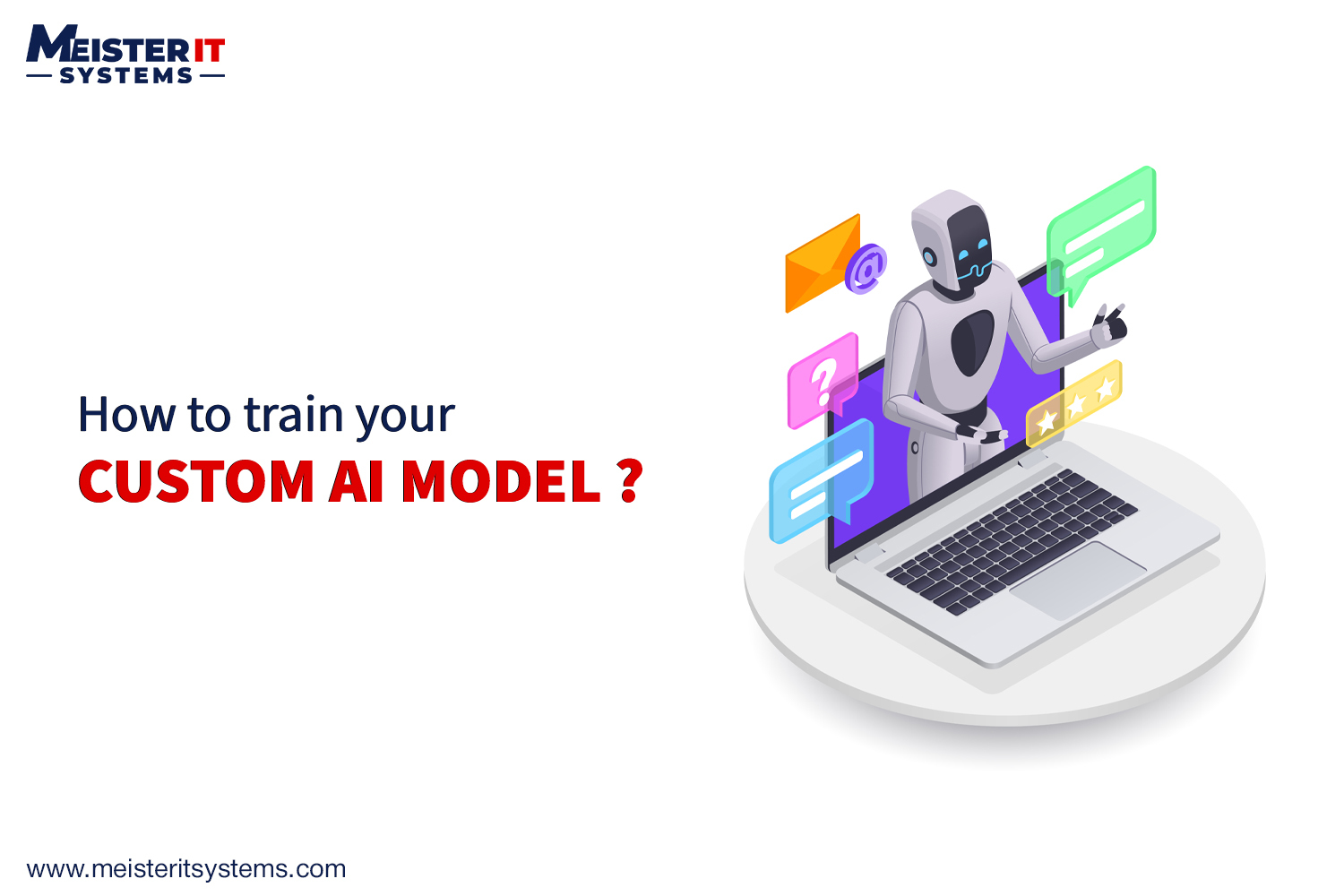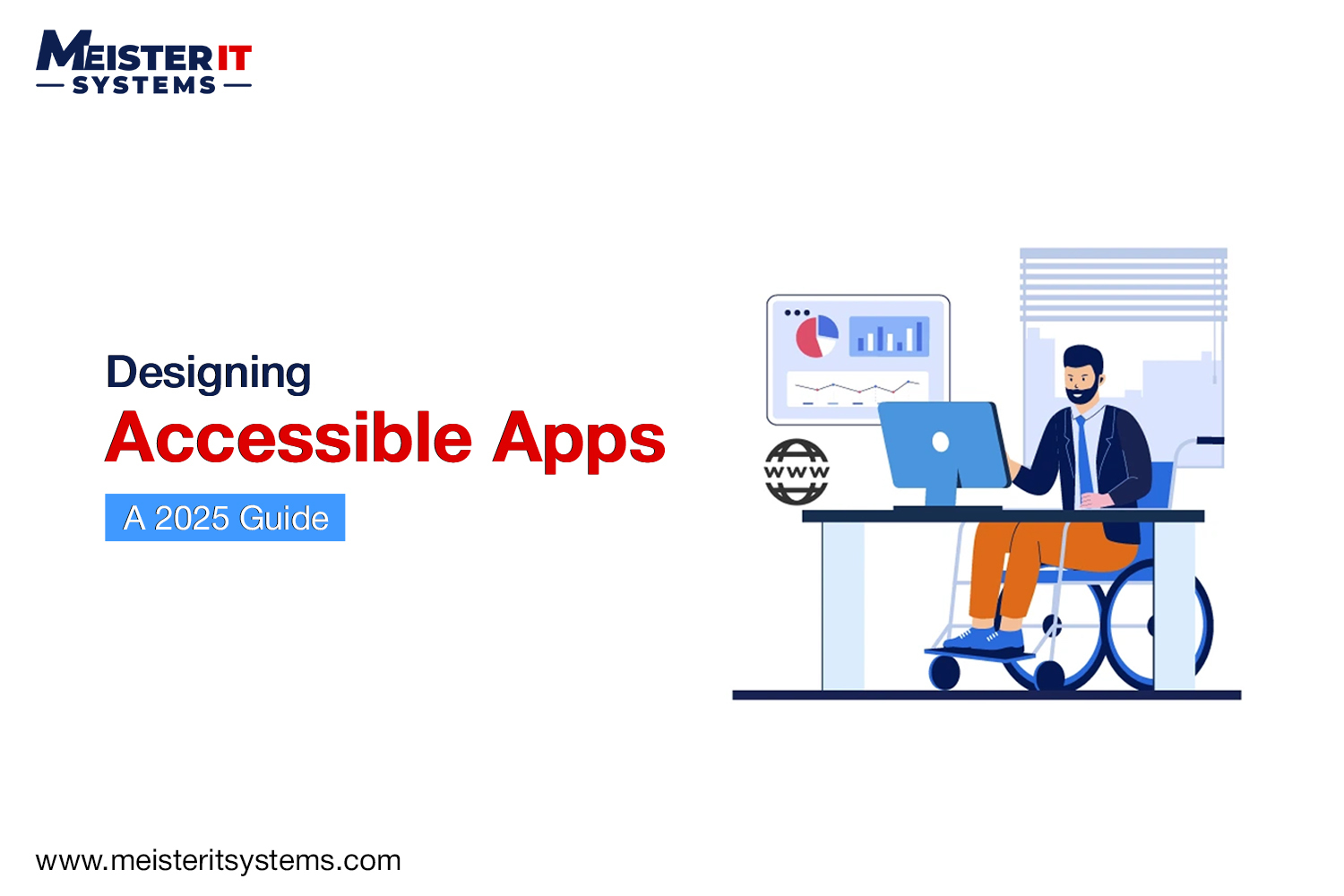
Introduction
Imagine an app that doesn’t just reply, but truly understands your users. That’s the power of ChatGPT. It helps businesses move from scripted chatbots to intelligent systems that learn, adapt, and deliver faster service.
For CTOs and tech leaders, integrating ChatGPT isn’t about adding another tool. It’s about building a smarter way to scale. This guide explains how to integrate ChatGPT into your application with the right strategy, architecture, and data security to turn conversations into business results.
Why Businesses Are Adopting ChatGPT Integration
Businesses are shifting from simple chatbots to conversational AI that understands context, sentiment, and intent. ChatGPT and similar large language models enable natural, intelligent communication with both customers and internal teams.
From a business standpoint, integrating ChatGPT provides several key advantages:
- Cost efficiency: ChatGPT automates thousands of routine queries, freeing staff to focus on higher-value work.
- Scalability: Once deployed, the system handles increasing traffic without a proportional rise in cost.
- 24/7 engagement: Users receive real-time responses regardless of time zone.
- Personalization: The model adapts to user history and preferences for better retention.
- Competitive advantage: Early adoption of AI often leads to faster innovation and stronger market positioning.
Defining the Right Use Case
A successful integration starts with a specific problem to solve. Many projects fail because they attempt to apply AI everywhere, rather than focusing on one high-impact area.
Questions CTOs should answer early:
- What specific challenge are we solving with conversational AI?
- Who are the primary users, and what pain points are we addressing?
- What internal or external data does the chatbot need access to?
- How will success be measured (for example, response accuracy, cost savings, or NPS)?
Examples of high-impact use cases:
- Automating Tier 1 support
- AI-driven onboarding inside software
- Real-time knowledge assistants for employees
Quick takeaway: A focused use case ensures early wins and measurable ROI.
How to integrate ChatGPT into your Application?
Here are 7 easy steps to integrate ChatGPT into your application.
Step 1: Define What Problem ChatGPT Will Solve
Before coding begins, clarify the business goal. ChatGPT delivers the best results when it supports a defined function.
Examples of high-value applications:
- Customer support bots that understand context and escalate intelligently
- Internal knowledge assistants for employees
- AI-driven onboarding guides within software products
- Sales and lead-qualification chatbots
- Insight extraction from reports or structured data
At this stage, set KPIs such as ticket resolution rate, CSAT, or time saved per request.
Step 2: Choose the Best ChatGPT API or Model for Your Business
Different environments require different AI options.
Different setups suit different industries:
- OpenAI GPT via API or Azure OpenAI Service for enterprise-grade reliability
- Open-source models like Llama 3 or Mistral for on-premise or data-sensitive use
- Hybrid setups combining local and cloud models for flexibility
MeisterIT Systems helps businesses compare models based on performance, compliance, and cost before integration.
Step 3: Build the Technical Architecture for ChatGPT Integration
A sound architecture keeps the system scalable, secure, and responsive.
Typical structure includes:
- Frontend UI: Chat interface embedded in your web or mobile app
- Backend API: Middleware layer that communicates securely with the AI provider
- Context management: Databases or token storage to maintain conversation flow
- Business logic layer: Connects AI output to real operations such as CRM lookups or order status checks
Example: When a user asks, “What is my current order status?” your backend retrieves that information, feeds it to ChatGPT for natural phrasing, and returns a clear, branded response.
Step 4: Fine-Tune ChatGPT for Your Brand and Industry
Generic models work well, but fine-tuned models perform better.
Options include:
- Fine-tuning: Train the model on internal data such as chat logs or documentation to match your tone and domain.
- Retrieval-Augmented Generation (RAG): Connects ChatGPT to live databases for real-time, accurate answers.
At MeisterIT Systems, we help enterprises design fine-tuned or RAG-based integrations that reflect your brand voice and meet compliance requirements.
Step 5: Secure ChatGPT Integration and Meet Compliance Standards
With AI comes responsibility. Data privacy and compliance are non-negotiable.
Follow these best practices:
- Encrypt all API communication
- Mask or anonymize sensitive data
- Manage API keys securely and maintain audit trails
- Be transparent with users about data use
Depending on your region and industry, align with GDPR, HIPAA, or SOC 2. Trust is key to long-term adoption.
Step 6: Test, Deploy, and Monitor ChatGPT Performance
Thorough testing avoids real-world failures. Validate your system under different scenarios before launch:
- How does ChatGPT handle ambiguous queries?
- Are escalations to human agents smooth?
- Can it manage high traffic without lag?
- Does tone and accuracy remain consistent?
After deployment, monitor continuously. Use dashboards to track:
- Cost per interaction
- Response accuracy and latency
- Customer satisfaction and token usage
Regular tuning improves both performance and cost efficiency.
Step 7: Align ChatGPT Integration with Long-Term Business Goals
AI integration is not a one-time project but an evolving capability. When embedded into your roadmap, it can enhance efficiency and insight across departments.
Examples:
- Sync ChatGPT with CRM systems to personalize outreach
- Use analytics to measure impact on sales or support
- Extend the system to handle multilingual interactions or cross-platform queries
When AI becomes part of your operational DNA, your business moves faster and responds smarter.
Recommended Tools for ChatGPT Integration
For CTOs planning robust setups, these tools help manage the full integration lifecycle:
- OpenAI API / Azure OpenAI Service: For reliable access to GPT models.
- LangChain: To orchestrate prompt workflows and RAG setups.
- Pinecone / Weaviate: For vector storage and semantic search.
- FastAPI / AWS Lambda: For lightweight backend orchestration.
- Postman: For API testing and debugging.
Best Practices for Sustainable Integration
To keep your ChatGPT integration effective and affordable:
- Start small, scale gradually: Pilot first, then expand.
- Design human fallback paths: Always offer live agent options.
- Maintain prompt libraries: Keep version control for a consistent tone.
- Protect sensitive data: Avoid sending identifiable information to models.
- Monitor continuously: Track drift, satisfaction, and data accuracy.
- Optimize token usage: Review analytics to manage cost.
These practices turn a one-time project into a reliable long-term system.
Measuring ROI and Performance
AI integration should never be treated as an experimental feature. To justify investment, define clear metrics early and measure them consistently.
Useful performance indicators include
- Response accuracy: Percentage of correct or relevant answers.
- Deflection rate: Percentage of queries resolved without human assistance.
- Customer satisfaction (CSAT): Post-interaction survey ratings.
- Average response time: Time taken to respond compared to legacy systems.
- Cost efficiency: Reduction in operational support costs or agent workload.
- Engagement metrics: Session duration, interaction count, or repeat usage.
Linking these metrics to business impact helps stakeholders see the return on investment.
Strategic Outlook for CTOs
ChatGPT integration represents a strategic opportunity to modernize digital experiences and increase operational efficiency. When properly aligned with business goals, it can:
- Reduce support costs and response times
- Enhance user engagement and satisfaction
- Improve data-driven decision-making
- Enable scalable automation without sacrificing personalization
At MeisterIT Systems, we specialize in designing and integrating AI solutions that connect technical architecture with real business outcomes. Our team helps enterprises plan, prototype, and deploy ChatGPT-driven systems securely and efficiently.
Conclusion
Integrating ChatGPT into your application is not a plug-and-play feature. It is a strategic move that requires coordination between technical architecture, compliance, and product vision.
For CTOs, success lies in approaching AI integration as both a technical and business initiative. When implemented with purpose, it can deliver measurable ROI, scalable innovation, and a significant competitive edge.
If you are planning to build AI-powered chat experiences or embed conversational intelligence in your applications, MeisterIT Systems can help you design, develop, and deploy them with confidence.
Contact us today to discuss how ChatGPT integration can elevate your product ecosystem and business strategy.
FAQs: Your Questions Answered
Q1: Why should businesses integrate ChatGPT into their systems?
A1: Businesses integrate ChatGPT to improve customer experience, automate repetitive queries, and operate more efficiently. It delivers 24/7 availability, scales easily, reduces support costs, and helps teams focus on high-value work.
Q2: How do you integrate ChatGPT into a web or mobile app?
A2: Integration involves several steps, including defining your use case, selecting the right model or API, building backend architecture, fine-tuning for brand tone, ensuring data security, testing performance, and aligning the system with long-term business goals.
Q3: Can ChatGPT be customized for specific industries or internal use?
A3: Yes. ChatGPT can be fine-tuned with your company’s data or linked using Retrieval Augmented Generation (RAG) to access real-time business information. This makes it suitable for industry-specific applications such as finance, healthcare, or customer service.
Q4: Is ChatGPT integration secure and compliant for enterprise use?
A4: When designed correctly, it is fully secure. Encrypt all data, manage API keys carefully, and comply with standards such as GDPR, HIPAA, and SOC 2. Regular audits and anonymization keep user data protected.
Q5: What are the costs of integrating ChatGPT into a business application?
A5: The total cost depends on factors like model choice (OpenAI, Azure, or open source), usage volume, fine-tuning needs, and infrastructure setup. MeisterIT Systems helps estimate and optimize cost efficiency before deployment.



